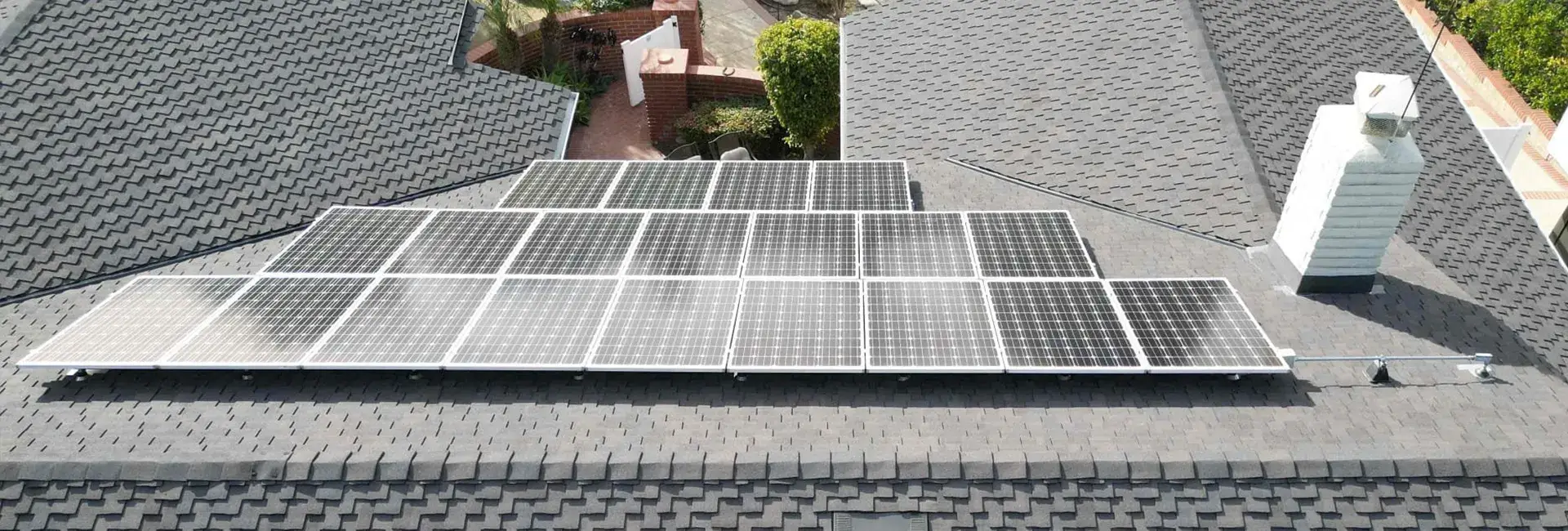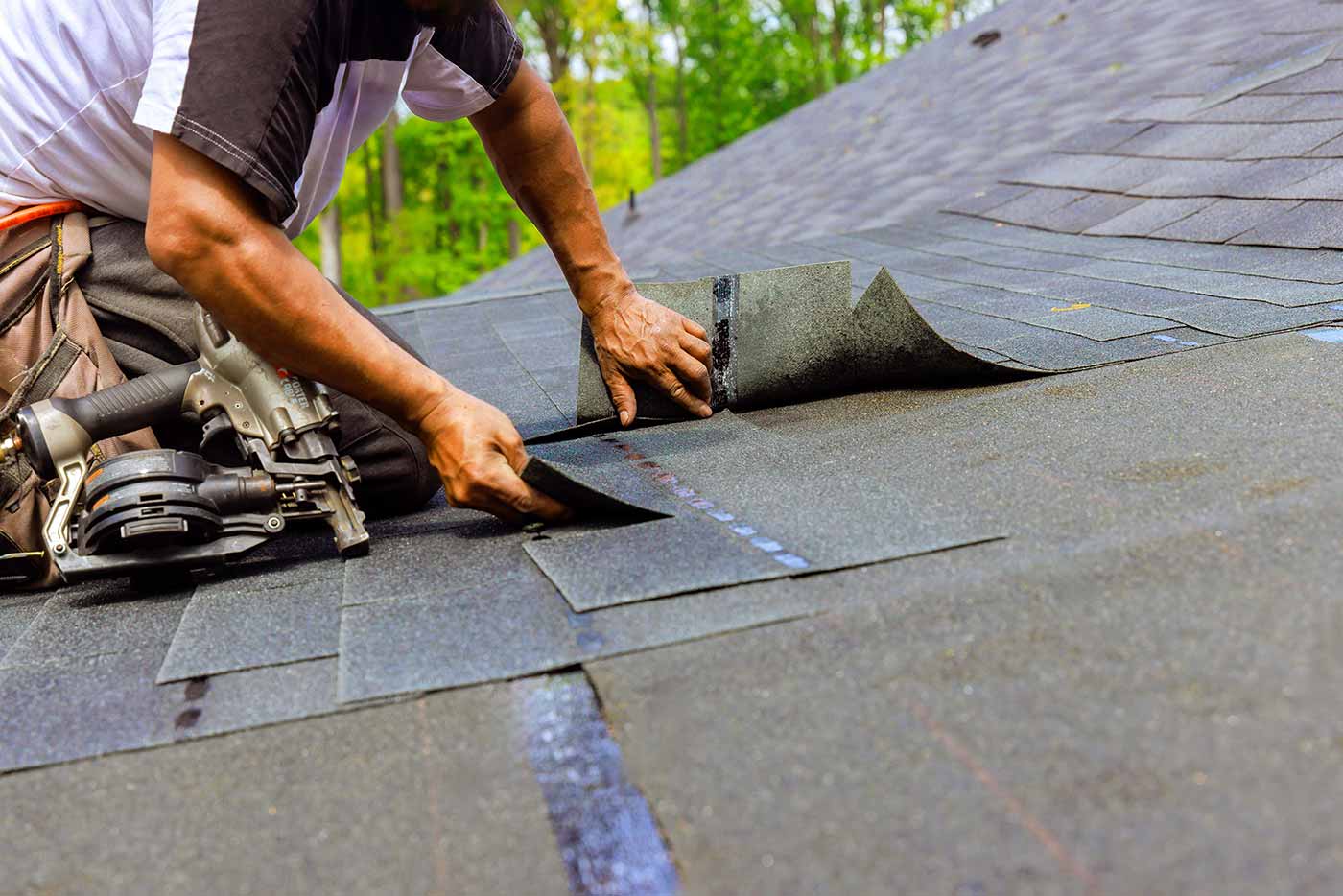Published: May 22, 2025
What just happened
According to Reuters, the House of Representatives advanced President Trump’s comprehensive tax and spending bill (“One Big Beautiful Bill”) early Thursday morning. This bill includes provisions that would eliminate the 30% federal tax credit for residential solar installations by December 31, 2025, nearly a decade ahead of the original schedule.
EnergySage reports that while the House voted to advance the bill this morning, it still needs to pass the Senate and be signed by the president before it becomes law. However, the passing of the bill by the House represents a significant step forward in the legislative process.
What Homeowners Should Know: the Current Residential Solar Tax Credit
The current federal solar tax credit, formally known as the Residential Clean Energy Credit (Section 25D), allows homeowners to claim 30% of their solar installation costs as a direct credit against their federal taxes. According to the U.S. Department of Energy, this incentive has been key in making solar accessible and driving adoption since 2005.
How Much Could You Save?
- $25,000 project = $7,500 in tax credits
- $50,000 project = $15,000 in tax credits
- $75,000 project = $22,500 in tax credits
- $100,000 project = $30,000 in tax credits
This 30% residential solar tax credit was scheduled to remain in place through 2032 with a gradual phase-down beginning in 2033.
Get Your FREE Solar Assessment
If you’ve been waiting to go solar, now’s the time to act. At LocalRoofs, we handle your roof and solar together, with one project, one company, and one unbeatable warranty.
Find out how much you could be saving with a FREE solar assessment. No obligations, no pressure.
The Legislative Timeline
The budget proposal has moved through several key stages:
- May 13, 2025: House Ways and Means Committee proposed the changes
- May 22, 2025: Full House passed the legislation
- Next Step: Senate consideration
- July 4, 2025: Target date to have the bill on the President's desk
According to multiple sources, Republicans hope to have the bill on the President’s desk by July 4th. However, the Senate is expected to vote in August, creating uncertainty about whether the ambitious July timeline can be met.
Important Solar Tax Credit Qualification Requirements for Homeowners
For homeowners considering a solar roofing system, it’s important to understand the qualification requirements. To claim the tax credit, your solar system must be “placed in service” during the tax year. This means three steps must be completed:
1. Full installation of the solar roofing system
2. Pass inspection by local authorities
3. Permission to Operate (PTO) from your utility company
The year you receive PTO from your utility company – not when the system is installed – determines when you can claim the tax credit. This is particularly important because utility approval processes can take several weeks or even months. If this bill is signed into law, homeowners must complete this process by 12/31/25 to take advantage of significant cost savings currently in effect through the existing solar tax credit.
Market Impact Already Visible
The immediate market reaction shows the significance of this development. Reuters reports that shares of major solar companies fell sharply Thursday morning, with some companies seeing declines of 20-40% following the House passage of the bill.
Industry Response: Consumers Lose
As Solar Power World reports, the draft bill removes clean energy credits for individuals while preserving most of them for large-scale solar developers. So consumers will feel it directly in their wallets should the solar tax credit go away.
What This Means for Homeowners
If You're Considering Solar
Homeowners who want to take advantage of the current 30% solar tax credit should take action now. Solar projects typically take several months from design to installation, and any change to the tax credit could cause a rush in the market, extending timelines and potentially putting projects’ eligibility at risk. Local inspections and receiving Permission to Operate from the utility can add weeks or months to the timeline.
Key Timeline Considerations
- Senate vote expected: July or August 2025
- Average project timeline: Up to 10+ weeks from contract to completion
- PTO processing time: 1-2 months additional after installation
- Current deadline if bill passes: December 31, 2025
Find Out How Much You Could Be Saving
You’ll be kicking yourself if you miss out on thousands of dollars in solar savings if the solar tax credit is eliminated. The deadline is close.
Get a FREE, no-obligation solar assessment to find out how much you could save and whether solar is right for you. You have nothing to lose … unless you wait too long!
Get your free solar assessment now. No obligations, no pressure.
One-Stop Solutions Become More Important
For homeowners considering both roof replacement and solar installation (including modern combination solutions, such as solar shingles), working with a company like LocalRoofs that can handle both projects simultaneously is critical. This approach:
- Streamlines the timeline to meet potential deadlines
- Ensures one coordinated project with unified warranties
- Protects homeowners’ solar investment with a solid foundation for installation
- Simplifies the permitting and inspection process
- Maximizes the tax credit benefits on the entire project cost
The Bottom Line
Today’s House passage moves the potential elimination of the 30% residential solar tax credit one step closer to reality. For homeowners who have been considering solar – especially those who also need roof work – the message is clear: the time to explore your options and begin the planning process is now.
Whether you’re motivated by financial savings, energy independence, or environmental benefits, understanding your timeline, working with experienced professionals like LocalRoofs, and getting the process started has never been more important.
For the most current information about solar tax credits and policy developments, consult with a qualified tax professional and stay informed through reputable industry sources.


